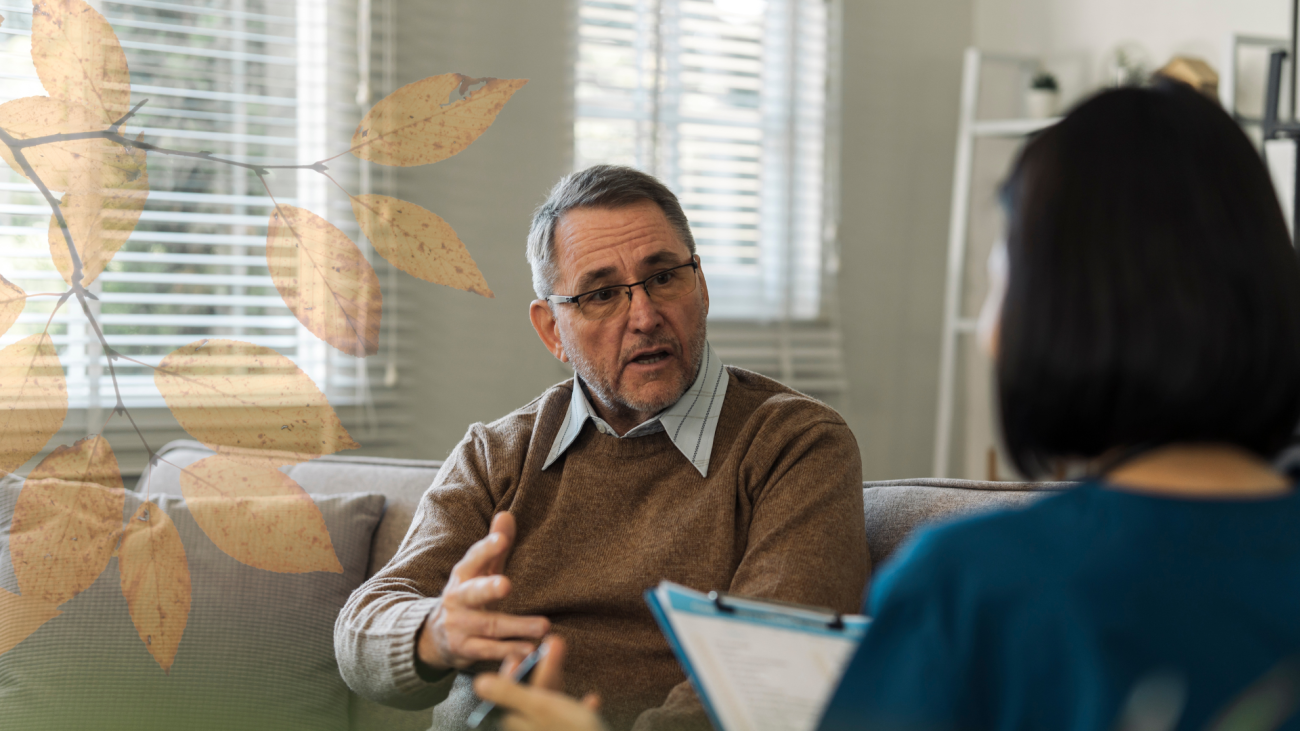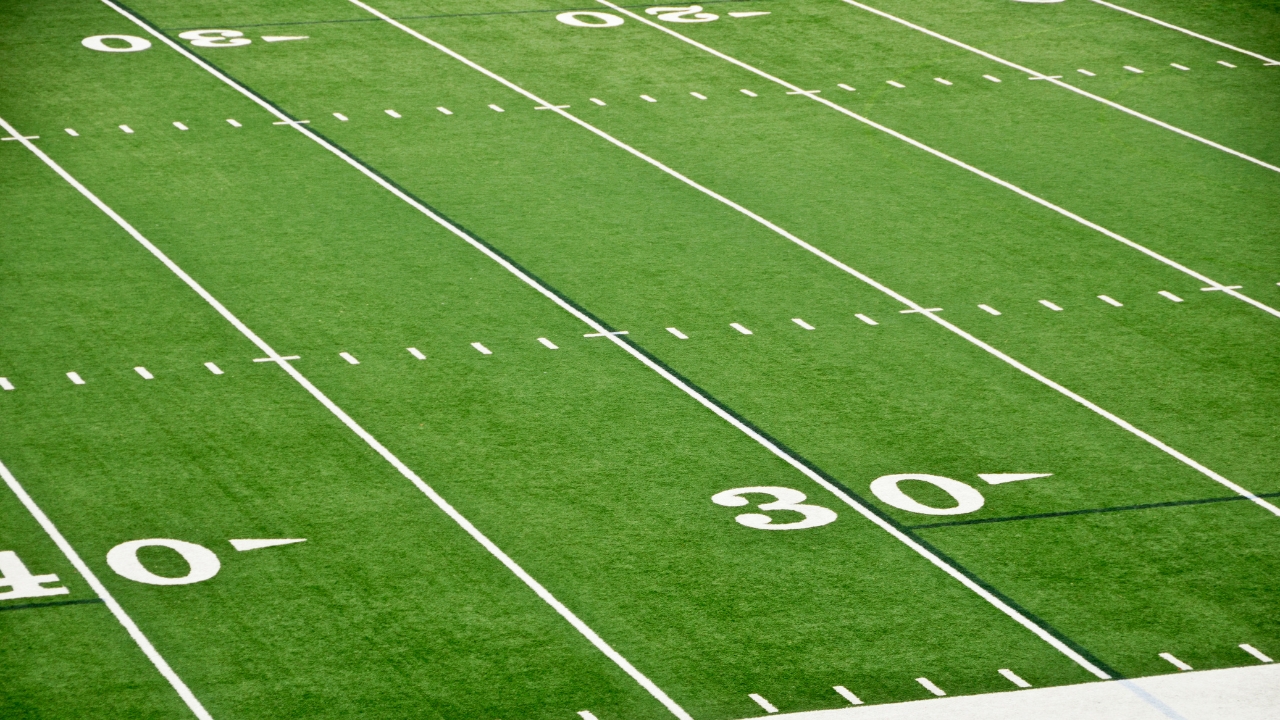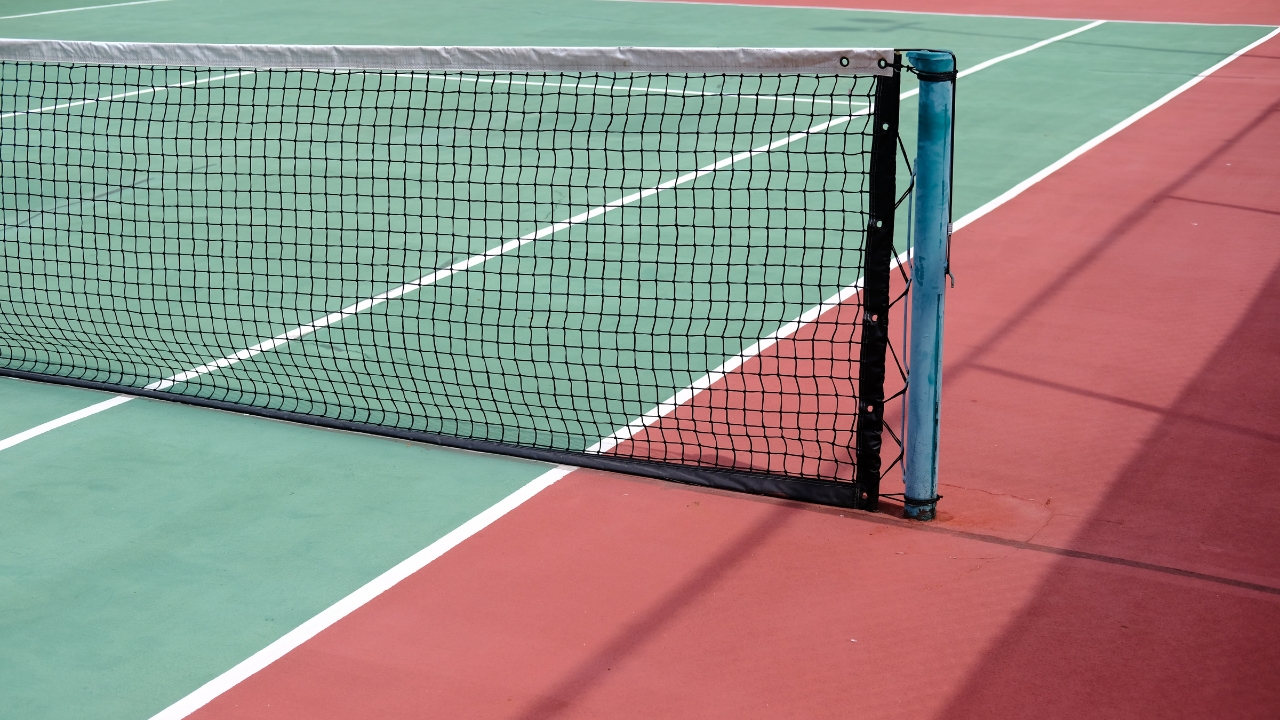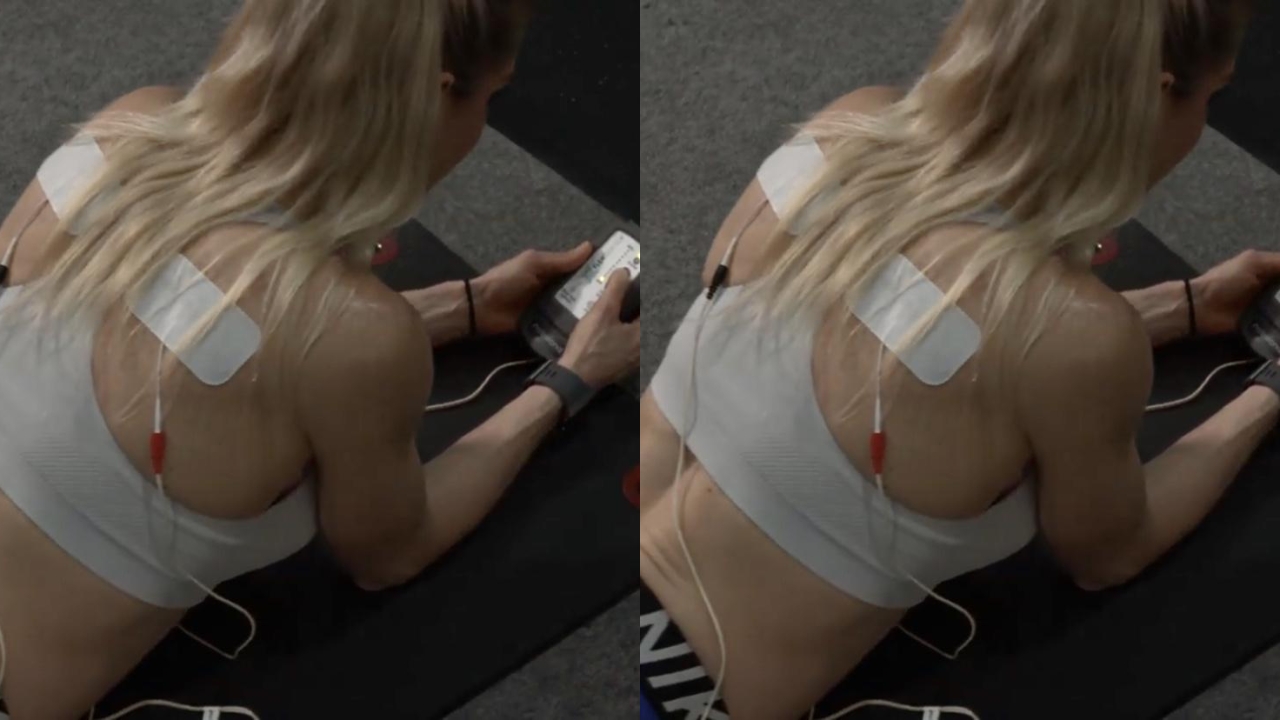
ARPwave Resources
Enhancing Recovery After ACL Surgery: The Role of Accelerated Recovery and Performance

Performance Trainer in Reversing Quadriceps Atrophy
Introduction
Recovery after anterior cruciate ligament (ACL) reconstruction is a challenging process that often involves significant muscle atrophy, particularly in the quadriceps femoris muscle of the operated leg. This muscle wasting, or disuse atrophy, can delay return to function and prolong rehabilitation timelines. Despite advances in post-surgical therapy, restoring muscle mass and strength remains a critical hurdle. A recent study explores a promising solution: the Accelerated Recovery Performance (ARP) trainer, a specialized electrical stimulation device designed to accelerate recovery by uniquely delivering high-pulse frequency via direct current (DC).
The Problem of Quadriceps Atrophy
Following ACL reconstruction, the affected leg typically undergoes reduced use due to pain, swelling, and joint instability. As a result, the quadriceps muscle—the primary knee extensor—loses mass and strength. This phenomenon is well-documented and poses a significant barrier to regaining full function. Traditional isometric rehabilitation exercises, while effective to some extent, may not sufficiently counteract this muscle loss, especially in the early phases of recovery.
The ARPwave Device: A Unique Electrical Stimulation Tool
Unlike conventional neuromuscular electrical stimulation (NMES) devices, which often use alternating current, the ARPwave devices employ direct current (DC) with a high-pulse frequency. This difference in stimulation parameters is believed to penetrate deeper into muscle tissues and activate muscle fibers more effectively, promoting muscle engagement and recovery even during passive states. The uniqueness of this device lies in its ability to stimulate muscle recruitment without requiring full voluntary contraction, making it particularly useful during early rehabilitation stages.
Study Design and Methodology
To evaluate the effectiveness of the ARPwave devices, researchers conducted a randomized study involving 25 patients who underwent isolated ACL reconstruction. Participants were split into two groups:
- Experimental Group: Underwent isometric rehabilitation exercises enhanced with the ARP trainer protocol.
- Control Group: Received isometric rehabilitation alone.
Both groups completed 16 supervised sessions over a two-month period. Researchers tracked changes in thigh circumference—an indicator of muscle volume—at 5, 10, 15, and 20 centimeters above the superior pole of the patella. These measurements provided an objective means of assessing muscle hypertrophy or atrophy reversal.
Findings: ARPwave Shows Superior Results
The results were compelling. Patients in the ARP group showed approximately 300% increase in thigh circumference growth with a mean total gain of 12.293 cm compared to the control group’s 4.009 cm. This finding suggests that the ARP protocol is significantly more effective at reversing quadriceps atrophy than isometric rehabilitation exercises alone. Importantly, these gains were consistent across all measurement sites along the thigh, reinforcing the efficacy of the device across the entire muscle length.
Implications for Post-ACL Reconstruction Rehabilitation
Given the magnitude of the results, the ARPwave device offers a valuable adjunct to traditional ACL rehabilitation programs. By promoting faster and more substantial muscle recovery, it may shorten rehabilitation timelines, enhance knee stability, and support earlier return to sport or daily activity. For clinicians and physical therapists, integrating this technology could represent a major step forward in addressing one of the most persistent complications following ACL surgery. If you are interested in reading the full study, you can find it here.
Conclusion
Quadriceps atrophy following ACL reconstruction remains a major challenge in the recovery process. However, this study demonstrates that the Accelerated Recovery Performance (ARP) device, when used alongside standard isometric rehabilitation, significantly enhances thigh muscle recovery—achieving nearly three times the gains in muscle circumference compared to rehabilitation alone. These results highlight the ARPwave device as a valuable tool in post-surgical care, offering patients a faster and more effective path to regaining strength and function. If you are a patient, clinician, or rehabilitation specialist interested in learning more about how the ARP trainer can be integrated into recovery protocols, reach out for additional information at info@arpwave.com or at our office at 952-431-9708.
View the published study here: hjhsw7811_S2_0041.pdf













